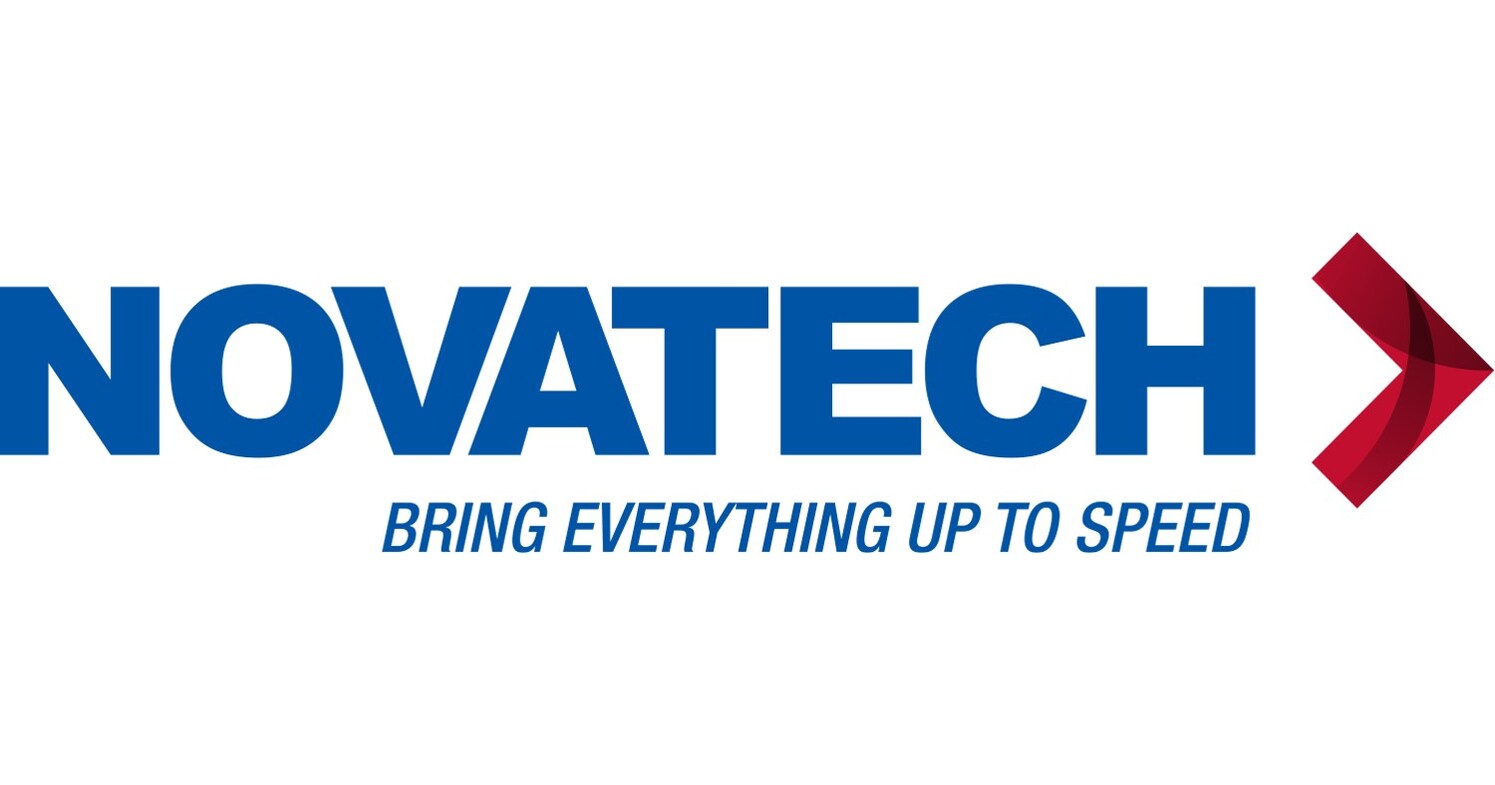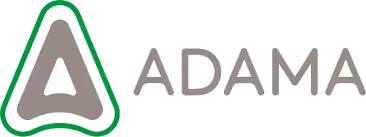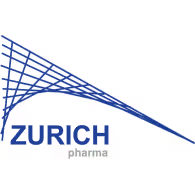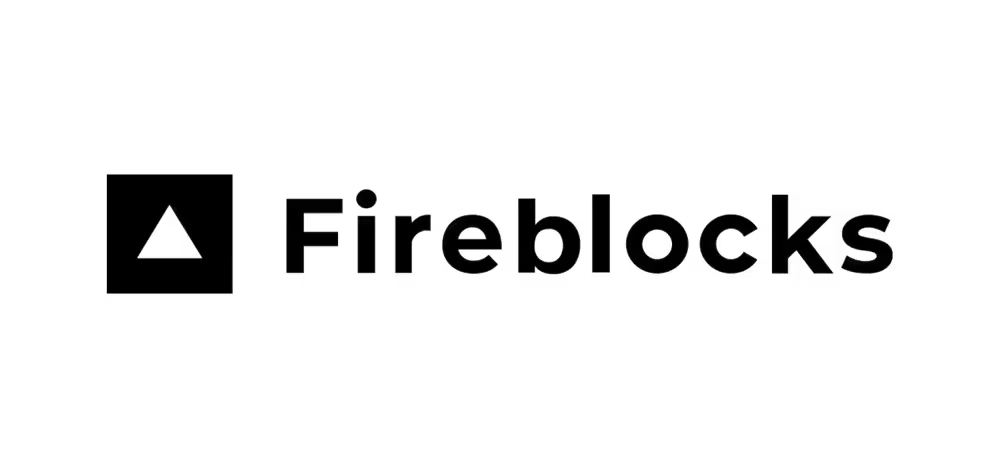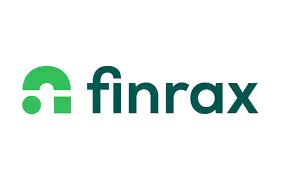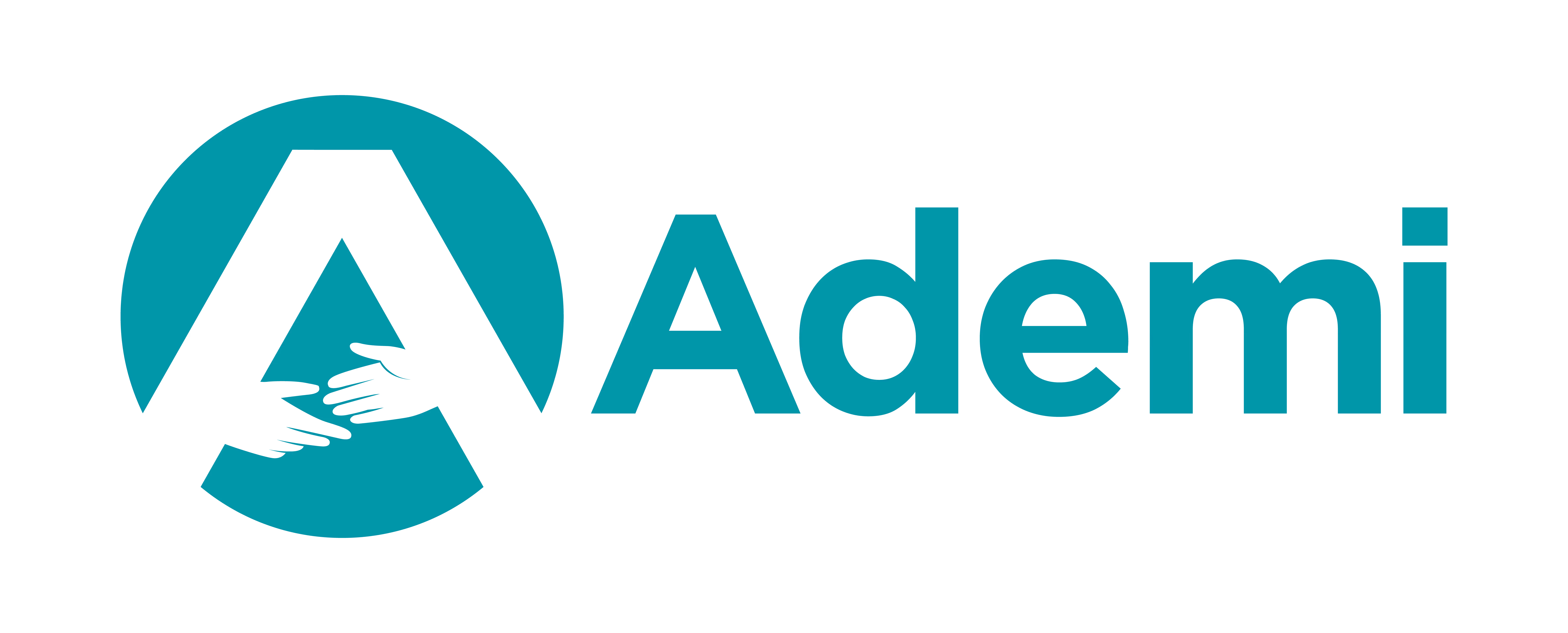

vRx is your full-stack remediation suite

Patch Management
vRx automates the identification and deployment of patches across over 2,000 applications and operating systems. This end-to-end solution ensures critical vulnerabilities are remediated swiftly, reducing exposure and minimizing operational disruptions in on-premise, cloud, and WFH environments.
- Patch Cycle Scheduling
- OS & Third-Party Apps Update
- Server Patch Management
Scripting
Our full-fledged scripting engine helps you address complex vulnerabilities that require specific configurations or registry changes. With an extensive library of pre-built scripts and the option to create custom scripts, your teams can automate remediation processes, significantly alleviating manual workloads and expediting response times.
- Automated Registry Change
- Vulnerable File Detection
- Custom Script Integration


Patchless Protection
Beat the Patch gap. When immediate patching isn’t available or feasible, vRx’s Patchless Protection acts as a compensating control. It creates a secure barrier around vulnerable apps, maintaining functionality while significantly reducing risk until a validated patch is ready for deployment.
- Exploit Response
- End-of-Support Coverage
- Reduced Downtime

All you need to
remediate faster



Real-Time Asset Visibility
Contextual Risk Assessment
Automated Reports & Insights

Seamless Integration, Unmatched Results

SIEM
SSO
API

Got Questions?

Do you provide training and support?
Yes, we conduct sales and technical trainings and workshops for our customers and partners on a regular basis.
What is x_protect or Patchless Protection?
x_protect or Patchless Protection is our mitigation technique for apps that cannot be patched - either because a patch is not yet available or because the patch would disrupt operations/critical systems. vRx wraps the software's legit executables in memory and limits the access to the memory space of any exposed API which we identified as sensitive.
How do you handle vulnerabilities unrelated to patches (e.g., posture, ports, protocols, etc)?
We handle vulnerabilities unrelated to patches utilizing our x_remediation scripts. We have public scripts that are uploaded frequently from three sources: vsociety: our social network where researchers and security analysts share new scripts that we verify before publishing in our dashboard our internal reserach team, and vuln_GPT: our AI copilot
Do you offer a free trial?
Yes, we offer a 2-week free trial after an initial meeting to validate that vRx is a good fit for your needs. Feel free to schedule a meeting with our team.
Can we do rollback on patches with vRx?
The vRx script engine allows our customers to run any kind of script. For example, a Windows restore point task, or an uninstallation code to remove software and reinstall the last version from the same window. These actions can be automated as well.
















